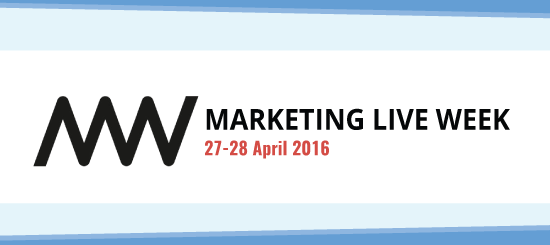With social distancing becoming a way of life, I felt it an apt time to write this blog as it may help designers looking for new opportunities and transitioning from print to digital.
Coming from a background in designing for print production, I noticed many similarities and likewise, key differences that need to be taken into consideration when designing for email marketing.
The main objective of creating a good design is ensuring it catches the audience’s attention, to make them admire what they are seeing and allow thoughts to process through their mind. Printing brings in an additional sensory; touch. Therefore, the choice of the paper GSM and finish is very important as this will enhance the receiver’s experience and encourage them to read and find out more.
With email marketing, the sense of touch is non-existent. However, there is the interaction element that can be created using exciting call to actions, vivid imagery, photos, animations and videos, which can provide a positive emotion for the audience.
Software
To know how and which software to use for each project is very important. Typically, Adobe Illustrator would be used to create graphics that are required, Adobe Photoshop to manipulate imagery and Adobe Indesign to setup the layout of your artwork. These are the main 3 software’s that I found myself using for my projects.
For printing it was always very important to ensure Photoshop was not used to create/setup artwork that was going to be sent to print production. Photoshop is a pixel-based program which will export and render artwork in pixels as opposed to vectors. When working with vectors it allows you to scale the artwork to as big or small as you want without any loss of quality. Therefore, it was important to create the content on either Illustrator or In-design to ensure the artwork does not pixelate after printing.
Colour Setting
The colour type of the file you are working on had to also change. With printing you must always work on the CMYK (Cyan, Magenta, Yellow, Black) colour setting to ensure the colours are accurate when it goes through to final production, as the printers use toners that match those colours. Whereas, when designing for email marketing, the RGB (Red, Green, Blue) colour setting had to be used as screen displays and graphic cards use the RGB structure to render the colours.
By the way our website has some very useful, free tools to help with the creation of colour codes and colour identifiers.
Export Formats
The export format is a further change. When your file is ready to print, you would export it out as a high-quality print PDF format. Ensuring the bleed settings are present along with the crop marks. For email marketing, PNGs work best, as they are low in size (so can render quicker) and render in good quality. It’s also recommended to export out in 300 DPI which also helps with the image quality.
Creating GIFs for our email marketing campaigns was also a new skill that needed to be learnt. With Outlook now supporting GIFs on mobile devices and some desktop versions , it was essential to learn how to create GIFs to make our campaigns stand out from the ordinary. This is not something that is typically done when designing for print, as moving images obviously cannot be printed out on paper!
In some cases, exporting out icons in SVG was required for updating our website. SVG is a very interesting format to work with, it essentially generates an XML code based on your vector graphics which can be used on your website which maintains its vector quality.
Overall, designing for email marketing campaigns is very different but yet similar to designing for print. The main differences come down to the colour setting you are working with and the different formats of export. With email marketing, there are far more user engagement possibilities.
If you are looking to embark on email marketing and develop your digital skills, we offer a range of training courses to assist.









